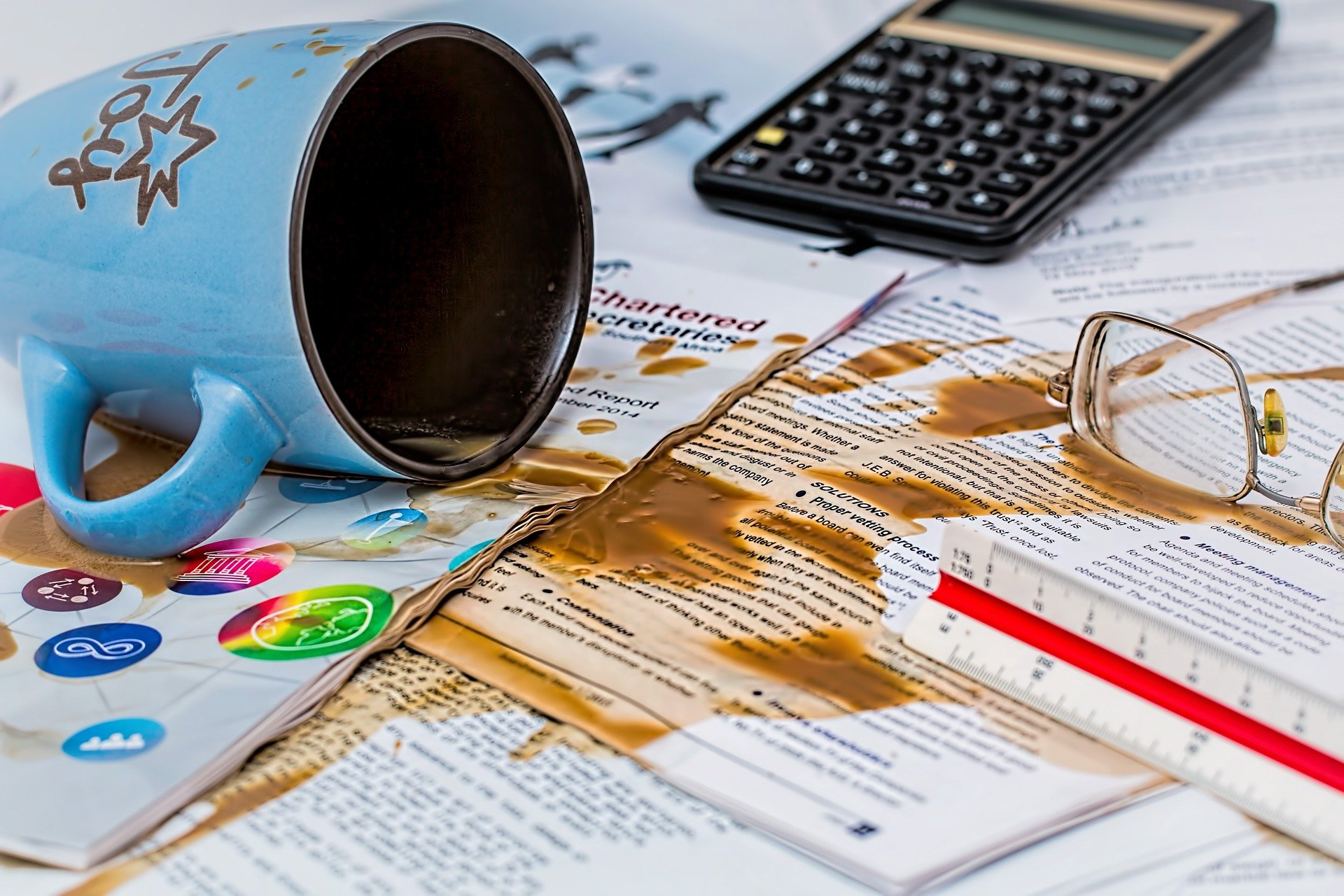A Proven Way for Reporters to Prevent Errors

As important as literary style and technique are to non-fiction readers, they are uninmportant in one scenario.
The content is error-filled or fabricated. Instead of ensuring his or her words are accurate, the writer is sloppy or invents them.
These literary sins of commission strike at the heart of non-fiction—its credibility. The reader cannot look at the story the same way again, as if discovering a friend or family member is an alcoholic.
The journalistic profession, for all the political caterwauling, treats outright fabrication or “fake news” seriously. If modern journalism had one unspoken commandment, it would be Thou Shalt Not Make Stuff Up.
Fabricating people and places may be the unforgivable sin. If you are caught, your career is over, as if were the journalistic equivalent of a child molester. Witness The Washington Post’s Janet Cooke, The New York Times’ Jayson Blair, and The New Republic’s Stephen Glass. (Stephen, with whom I worked and had admired, was such a spectacular example Hollywood made a movie about his fall from grace).
Sloppiness is discouraged and punished. At the many newspapers and magazines I have worked for, editors despise having to write corrections. Their faces scrunch up, they will raise their voice or use choice language, or you will read strong words in an email or job evaluation. (In my experience, writing corrections is the one instance in which the hoary stereotype of a crusty editor holds true).
That said, in my experience editors understand mistakes happen. Often, non-journalists don’t appreciate the difficulty of writing a decent story, especially on deadline. While sitting down to write, a reporter must juggle many priorities, not the least of which are organization and clarity. Accuracy competes with those values. None of this is to excuse errors, only to explain it.
By accuracy I mean zero mistakes or a “bulletproof” story. This is a tall task! Have you read the corrections section of a national newspaper such as The Wall Street Journal? If nothing else, it shows the infinite variety of ways facts can be wrong.
In the Journal this morning, readers came across the following correction:
A photograph with an article in the Fall Men’s Fashion issue of WSJ. Magazine about Sean Brock’s Nashville, Tenn., restaurant showed a dining area on the first floor. A caption incorrectly said it was a dining alcove on the second floor.
Last week, the Journal issued a correction because the writer or editor failed to distinguish between two classes of financial businesses:
Capital Guardian Wealth Management is an investment adviser. An earlier version of this article incorrectly said it is a brokerage. A sister firm under the same ownership, Capital Guardian LLC, is a brokerage. (Corrected on Sept. 30)
The journalism profession’s approach to ensuring accuracy is hortatory or moralistic. Journalism textbooks emphasize accuracy’s absolute importance. Journalism schools drill their students in producing accurate copy. Editors remind reporters their stories must be accurate.
As necessary as those steps are, I say they are insufficient. As James B. Stewart, author of Den of Thieves, among other books, wrote in Follow the Story: How to Write Successful Nonfiction, “errors can creep into even the best reporter’s work.”
Ideally, reporters would have their own fact-checker. Some top-notch authors hire them for their books, including Mr. Stewart. Still, hiring a fact-checker is unrealistic for all but the profession’s elite.
While editors advise reporters to take these steps, I recommend going one step beyond. Follow the techniques and rituals of a professional fact-checker.
While fact checking, like many topics that touch on national politics nowadays, has the taint of politicization and even plagiarism, following the fact-checking process is worthwhile. As Bethany Crystal, a former fact-checker for Chicago Magazine, wrote,
To “fact check” an article, I’d print out the entire story and attack it with array of multi-colored pens and highlighters. The goal was to identify any facts or problematic language that I’d need to verify somehow. After identifying the problematic language, I’d pour over haphazardly organized notes from reporters, re-read research papers, and even call back interviewees to confirm key details.
For the last few weeks, I have followed the fact-checker technique. For those working at home, following it is a matter of reconfiguring your desk. To signify my commitment to accuracy, I moved my printer onto my desk. Not only does this signify the importance I attach to accuracy. It makes following the fact-check technique easier. No longer must I reach over to my left where the printer had been.
In addition, I walked to a local drug store to buy a red pen.
A word of caution is in order. Acting like a professional fact-checker is inconvenient. Paper, printers, and pens must be bought. Drafts must be printed out.
Still, those are minor costs to pay for producing error-free stories. In the short run, they may be a hassle. In the long run, they are invaluable. You gain credibility.
In the end, fact checking your stories for accuracy is an underwhelming task. It produces no feelings of triumph or elation. Few reporters (any?) pump their fist into the air or yelp for getting their facts straight.
The only feeling accuracy produces is relief. You kept yourself in the game. You didn’t defeat yourself.
– 30 –
